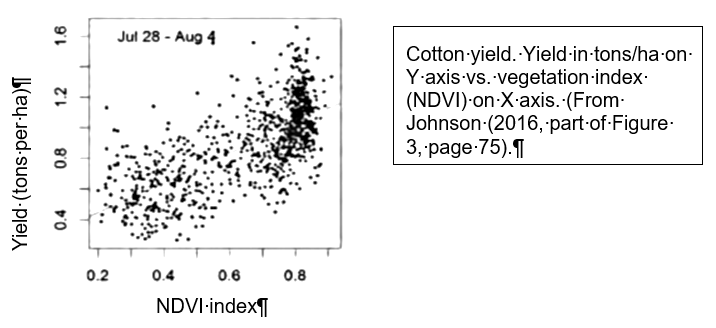The New Zealand Government announced in July 2016 the adoption of Predator Free New Zealand 2050, a program for the control and eradication of introduced pests. It is setting up a new public-private partnership company by the beginning of 2017 to help fund regional large-scale predator eradication programs with the anticipated funding ratio of 1 government dollar to 2 private dollars. This is a bold new program grounded in the fundamental research of an excellent array of conservation biologists that have carried out the field research underpinning what needs to be done to protect native biodiversity in New Zealand.
Because of its isolation and the complete absence of endemic terrestrial vertebrate predators, New Zealand has become a basket case for the conservation of native species after the introduction of four species of rodents – Norway rat, black rat, house mouse, and Pacific rat (kiore) – as well as the possum (introduced for fur), the stoat (to “control rodents”) and the hedgehog (Goldson et al. 2015). The initial focus in this program will be on rats, stoats, and possums. Rat control on islands has already been a major success story for New Zealand scientists (Russell et al. 2016).
Four short-term goals have been set for 2025 for the Predator Free New Zealand project:
- An additional 1 million hectares of land where pests have been supressed or removed through Predator Free New Zealand partnerships
- Development of a scientific breakthrough capable of removing at least one small mammal predator from New Zealand entirely
- Demonstration areas of more than 20,000 hectares that are predator free without the use of fences
- Complete removal of all introduced predators from offshore island nature reserves
This is a striking vision, and it puts New Zealand at the forefront of global conservation efforts and goals. Everyone appreciates that it will not be easy. In particular there has to be careful attention to the order in which pests are removed. Competition between invasive species as well as predation among them often has counterintuitive results. In New Zealand when rats were removed from experimental plots, house mice increased, and when possums were removed rats increased (Ruscoe et al. 2011). When stoats (Mustela erminea) were removed, there was no effect on rat or mouse abundance, contrary to what a model predicted (Tompkins and Veltman 2006). At the moment there is no clear way to do a total removal of these pest mammals all at once rather than sequentially.
One of the major stimuli for this program has been stopping bovine TB transmission from possums to cattle. The brushtail possum (introduced from Australia) is a disease reservoir and vector of bovine tuberculosis to cattle. Extensive control programs for possums are applied over about 10 million ha in New Zealand by the spreading of 1080 poison baits and trapping, and this program has reduced possum populations to low numbers but not eliminated this pest (Byrom et al. 2016). Poisoning for possum control also reduces stoats and rats, and so has secondary benefits for native biodiversity. A total of approximately NZ$55 million is spent each year on this control program, and if possums could be eradicated, the financial benefits would be great for the cattle industry. Byrom et al. (2016) showed that possum reduction by poisoning had benefits not only for TB transmission but also for increases in vegetation (reduced herbivory), invertebrate, frog and bird abundance.
Two worries are that the social license to continue widespread use of deadly poisons will erode in the future and secondly that the pest species will eventually evolve resistance to the poisons. For these reasons much research is needed on more clever ways of achieving pest reduction and elimination.
The success of island eradications in the past 20 years has emboldened ecologists to wish for successes on larger and larger scales. But eradication is a complex problem and there is a long history of success and failures, particularly in insect populations (Myers et al. 2000). But by reaching out with a direct challenge to applied ecologists, molecular biologists, chemists, and other clever scientists, New Zealand has moved the standard forward in ways that bode well for understanding more why ecology matters.
And then it is on to the feral cats.
Byrom, A.E., Innes, J. & Binny, R.N. (2016) A review of biodiversity outcomes from possum-focused pest control in New Zealand. Wildlife Research, 43, 228-253. doi: 10.1071/WR15132
Campbell, K.J., et al. (2015) The next generation of rodent eradications: Innovative technologies and tools to improve species specificity and increase their feasibility on islands. Biological Conservation, 185, 47-58. doi: 10.1016/j.biocon.2014.10.016
Goldson, S.L., et al. (2015) New Zealand pest management: current and future challenges. Journal of the Royal Society of New Zealand, 45, 31-58. doi: 10.1080/03036758.2014.1000343
Myers, J.H., Simberloff, D., Kuris, A.M. & Carey, J.R. (2000) Eradication revisited: dealing with exotic species. Trends in Ecology and Evolution, 15, 316-320.
Ruscoe, W.A. et al. (2011) Unexpected consequences of control: competitive vs. predator release in a four-species assemblage of invasive mammals. Ecology Letters, 14, 1035-1042. doi: 10.1111/j.1461-0248.2011.01673.x
Russell, J.C. & Broome, K.G. (2016) Fifty years of rodent eradications in New Zealand: another decade of advances. New Zealand Journal of Ecology, 40, 197-204. doi: 10.20417/nzjecol.40.22.
Tompkins, D.M. & Veltman, C.J. (2006) Unexpected consequences of vertebrate pest control: predictions from a four-species community model. Ecological Applications, 16, 1050-1061. doi: 10.1890/1051-0761(2006)016[1050:UCOVPC]2.0.CO;2
